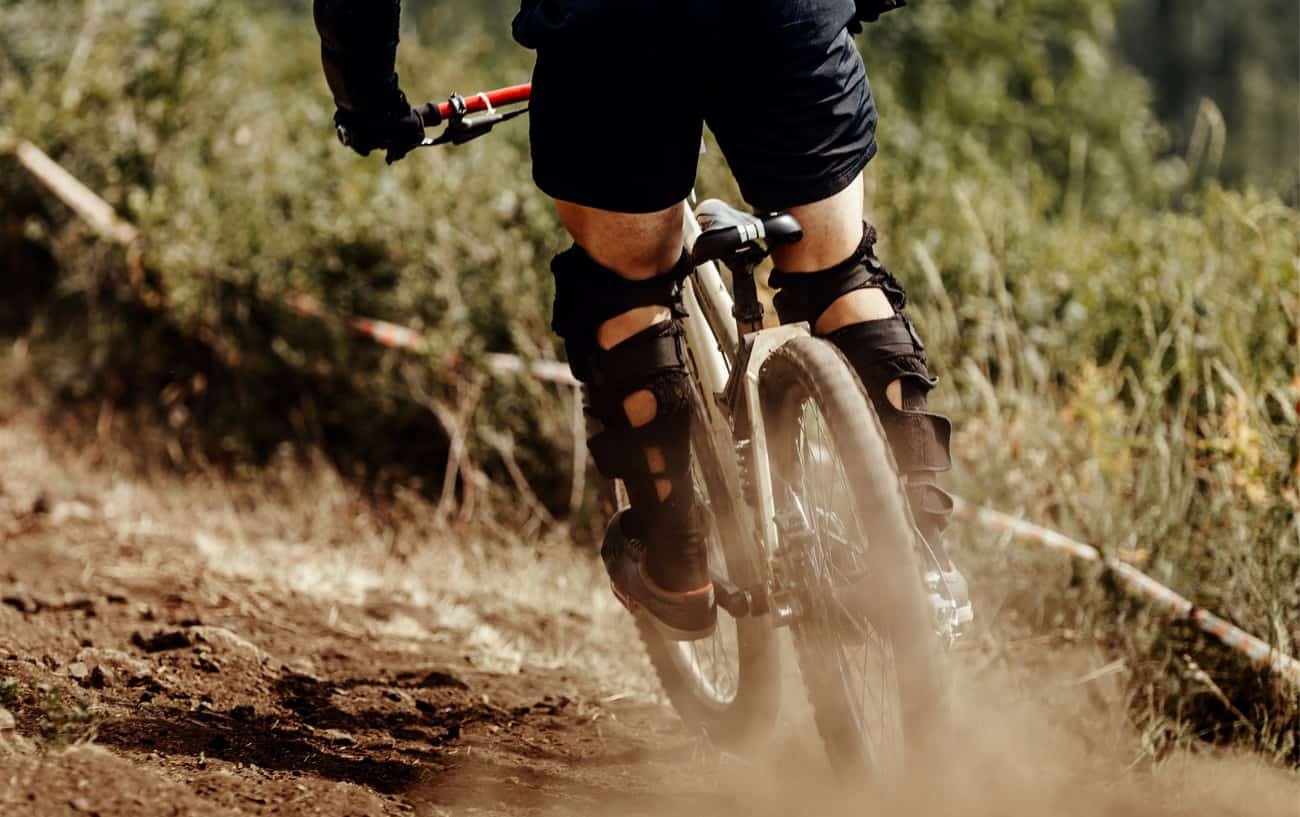Mountain biking is a thrilling way to enjoy the outdoors while staying active. For beginners, it can feel a bit overwhelming at first, but with the right preparation and mindset, you can embark on a fun and rewarding journey. This guide offers essential tips to help you get started with confidence.
1. Choose the Right Bike
The first step to getting started in mountain biking is choosing the right bike. Different bikes are designed for various types of terrain, so it’s crucial to pick one that fits your riding style.
- Types of bikes: Hardtail bikes (front suspension only) are great for beginners due to their lighter weight and lower cost, while full-suspension bikes (front and rear suspension) offer more comfort on rough trails.
- Fit matters: Ensure your bike is the right size for your height. A proper fit provides better control and comfort. Most bike shops can help you find the correct size.
2. Wear Proper Gear
Safety is a top priority in mountain biking. Wearing the right gear not only protects you from injuries but also makes your rides more enjoyable.
- Helmet: Always wear a helmet that meets safety standards. Choose one with a snug fit and proper ventilation.
- Gloves: Mountain biking gloves offer a better grip on the handlebars and protect your hands in case of a fall.
- Shoes: Opt for flat-soled or clipless shoes that provide good traction and support.
- Clothing: Wear moisture-wicking, breathable clothing to stay comfortable during your ride. Padded shorts can also help reduce discomfort on longer rides.
3. Start with Easy Trails
When you’re just starting out, it’s important to ease into mountain biking. Begin with beginner-friendly trails that have smoother terrain and fewer technical obstacles.
- Trail difficulty: Trails are often rated by difficulty, similar to ski slopes. Green trails are beginner-friendly, blue trails are intermediate, and black trails are for advanced riders.
- Local trails: Check out local parks or biking areas that offer trails for beginners. You can also join online communities or apps to find recommended trails in your area.
4. Learn Basic Riding Techniques
Mountain biking involves more than just pedaling. Learning and practicing basic techniques can improve your control and boost your confidence on the trail.
- Body position: Stay relaxed and balanced on your bike. Keep your elbows bent, and shift your weight slightly back when descending to avoid flipping over the handlebars.
- Braking: Use both front and rear brakes, but avoid grabbing the front brake too hard, as it can cause you to lose control. Apply brakes gently and steadily.
- Shifting gears: Learn to shift gears smoothly based on the terrain. Lower gears make climbing easier, while higher gears help on flat or downhill sections.
5. Build Your Stamina
Mountain biking can be physically demanding, especially on uphill climbs. It’s essential to pace yourself and build up your endurance gradually.
- Cardio: Include some cardiovascular exercises in your fitness routine to improve your stamina. Cycling, running, or even brisk walking can help.
- Start slow: Don’t push yourself too hard in the beginning. Start with shorter rides and gradually increase the length and difficulty as your fitness improves.
6. Maintain Your Bike
Keeping your bike in good condition is crucial for a safe and enjoyable ride. Regular maintenance will also extend the lifespan of your bike.
- Pre-ride checks: Before each ride, check your tire pressure, brakes, and chain. Ensure all bolts are tightened, and your suspension is working properly.
- Post-ride care: After your ride, clean your bike, especially if you’ve been on muddy or dusty trails. Lubricate the chain and wipe down the frame.
7. Ride with Others
Mountain biking can be more enjoyable and safer when you ride with others. Joining a group or riding with a friend provides motivation and support as you learn.
- Group rides: Many local bike shops or clubs organize group rides for beginners. These rides are a great way to learn new skills and discover new trails.
- Trail etiquette: Always be respectful of other riders, hikers, and trail users. Yield to uphill riders and announce yourself when overtaking others.

8. Have Fun and Stay Safe
While mountain biking can be challenging, it’s important to have fun and ride within your limits. Don’t get discouraged by technical sections or steep climbs—everyone improves with practice.
- Take breaks: Don’t hesitate to take breaks, especially if you’re feeling tired. Mountain biking should be enjoyable, not exhausting.
- Listen to your body: If something doesn’t feel right, it’s okay to stop or walk through more difficult sections of the trail.
Conclusion
Mountain biking is an exciting and rewarding sport that anyone can enjoy with the right preparation. By choosing the right bike, wearing proper gear, starting on easy trails, and gradually building your skills, you’ll quickly become more comfortable on the trails. Remember, it’s not about how fast or far you go—what matters most is enjoying the ride.




